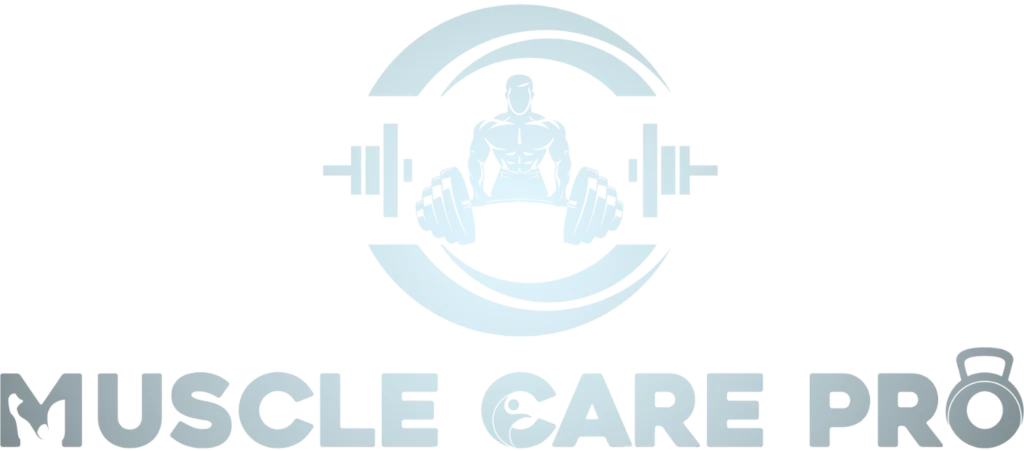What Muscles Do Leg Press Work
The leg press work is a specific movement geared towards strengthening the body’s lower section and is considered part of strength training. It consists of pushing a weighted plate with the legs in a seated position.
Informed knowledge of targeted muscles contributes to better carrying out workouts effectively. leg press work focuses on the correct areas for gaining strength and growth. Understanding what muscles are working can help in avoiding injuries. This helps to improve the overall fitness journey.
The quadriceps, which is the upper front muscle group of the thighs, is the chief muscle group engaged in the use of the leg press machine. The exercise also targets the hamstring muscles located at the back of the thighs. Knowing this, it can be noted that when doing this exercise, the glutes or gluteus maximus also activate. Alongside this, the calves and hip adductors assist in the motion.
Anatomy of Leg Press Target Muscles
Quadriceps
The primary muscles involved during the leg press motion are the quadriceps. The quadriceps assist in the extension of the knees and the pushing away of the weight. A stronger quadriceps enhances the performance of this exercise. When these muscles are engaged, they help develop leg strength. This can enhance one’s athleticism and improve one’s balance.
Hamstrings
The hamstrings are situated on the posterior aspect of the thighs when performing a leg press. They assist in knee stabilization during the activity. The muscle group is engaged when the resistance is lowered. Strong hamstrings help counterbalance the force of the quadriceps. This equilibrium is essential for the well-being of the whole leg and for the prevention of injuries.
Glutes
While performing leg press, glutes are the main muscles located in your buttocks. They are mainly used for driving the weight away from one’s body. Well-developed glutes help enhance the power and stability of one’s body while performing the activity. Last but not least, engaging your glutes can help improve your leg strength. This muscle engagement is crucial for a number of sports tasks.
Synergistic Muscle Engagement
Muscle synergy is the optimum function of different muscles in a body when exercising. For example, in the leg press, the quadriceps, hamstrings, and gluteal muscles work in synchrony to accomplish a movement. Such coordination enhances physical fitness due to strength and stability that aid in better workouts. A better understanding of such engagements translates to better performance.
The calves, for example, will engage when performing the leg press by facilitating stabilization on the ankle joint. It is also important to note that the hip adductors engage during this phase in an attempt to keep the legs in a straight position when pushing the weight. This, for example, will lead to reduced chances of injury since there is even development owing to this engagement. Understanding these connections helps make a better training regimen.
Benefits of Leg Press
- Enhancing Strength
By using the leg press machine, muscular power of the main active muscle groups of the lower body—the quadriceps, hamstrings, and gluteal muscles—can be developed.
- Joint Protection
In comparison with squats, this machine allows squatting at a particular angle without putting strain on the lower back and knees, thereby being more suitable for people with such physical limitations.
- Targeted Muscle Engagement
The leg press machine, unlike the squat, may target particular muscles, helping with corrective training.
- Balanced Workouts
The equipment provides different foot placements and weights, enabling users to adjust effective workouts according to their fitness levels and objectives.
- Enhanced Sports Efficiency
The development of leg muscles by performing leg press allows for increased performance in such activities as running, jumping, or any other sports activity.
Stabilizing Muscles
Stabilizing muscles are integral to exercise performance as they ensure balance and position accuracy. They assist the primary muscles being targeted in the workout, thereby helping avoid injuries. Core muscles are pivotal for stability during the performance of the leg press. Good core muscles enable an individual to remain stable during the execution of the movement. This in turn translates to better performance and more efficient workouts.
Besides core, stabilizing muscle groups comprise muscles located at the hips and lumbar region. These muscular systems are responsible for maintaining proper posture and assisting the spine in the course of the leg press. Using stabilizing muscles allows for efficient weight distribution across the entire structure, avoiding excessive loading of any particular group of muscles. In any fitness program, it is necessary to incorporate workouts aimed at reinforcing and stabilizing muscles.
Conclusion
The leg press is a compound exercise that works on the lower body muscles. The main active muscles are the quadriceps, hamstrings, and often the glutes too. These muscle groups cooperate with muscular endurance and provide stability in the course of the motion.
Knowing the muscle groups that are involved in leg presses can help one manage their workouts more effectively. It helps to target particular regions in order to achieve proportional growth. For this reason, adding a leg press machine into a workout regimen may improve leg strength and athleticism overall.











